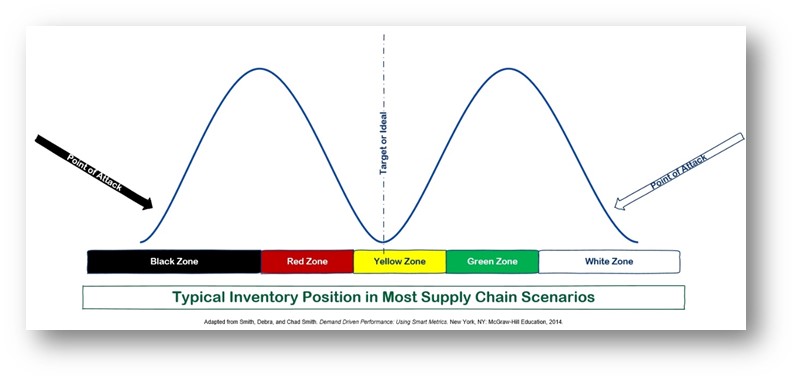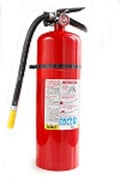For years I have joked with folks saying, "I wish my doctor would stop practicing medicine. I want to go to him when he's done practicing!"
However, I have to confess, now, that I've been wrong about that. It's a clever joke, but built upon a wrong assumption about what it means to "practice" something.
Watch this TedEd video on practicing and you'll learn why.
Define "Practicing"
In the video, we learn that practice "is the repetition of an action with the goal of improvement. And it helps us perform with greater ease, speed and confidence."
There are some crucial considerations here.
Practice is not (or, at the very least, should not be) just the repetition of actions to satisfy the instructor or someone else in authority. Although, I must confess that, in my youth, some of my practicing of various thing was precisely that and nothing more.
Real practicing, however, is repetition with the goal of improvement!
This means, of course, that firefighting in our companies and supply chains is not practice.
Firefighting, by definition, is an action intended to rescue us from a negative condition and restore whatever can be salvaged to some state of normality. Firefighting has nothing whatsoever to do with improvement. Read blog Firefighting Your Supply Chain is Not POOGI.
Nevertheless, I meet lots of executives and managers who have invested far more in firefighting within their organizations and supply chains than they have invested in practicing in their supply chains and companies.
Perform with greater ease, speed and confidence
Likely, you recognize—now that I've brought it up—that nothing about firefighting is helping your company or your supply chain perform with greater ease, speed or confidence.
However, if you are like most of the executives and managers with whom we work day-in and day-out, their fondest wish is that their companies and supply chains could and would perform with greater ease, speed, and confidence.
Unfortunately, the normal state of their supply chains are more likely…
- Dis-eased (disease is, also by definition, an abnormal state with regard to the intended function of a system)
- Sluggish (especially with regard to the flow of relevant information and relevant materials, despite much frantic activity)
- Lacking in confidence (almost never certain that the actions planned and executed will actually achieve the desired outcomes)
What to do
The video actually points us in the right direction. It says,
"We…know that mastery isn't just about the amount of hours of practice. It's also the quality and effectiveness of that practice. Effective practice is consistent, intensely focused, and targets content or weaknesses that lie at the edge of one's current abilities." [Emphasis added.]
Look at these points:
- Effective practice is consistent
- Effective practice is intensely focused
- Effective practice targets… weaknesses that lie at the edge of one's current abilities
Consistent
We seldom see this in many of the supply chains we are invited to help. Instead, we frequently see lots of management oscillation.
Today the emphasis is on cost-cutting. Tomorrow, the emphasis will be on custom service. Today the emphasis is on larger batches for improved efficiencies; but tomorrow batch setups will be broken intentionally to allow crucial orders to be completed on-time. Today the emphasis is on volume buying to get the best deals; but tomorrow we will be told that we have too much inventory. This kind of inconsistency goes on ad nauseum.
"A house divided against itself…."
Inconsistency will never achieve effective practice in your supply chain.
Intensely focused
Focus is also a big problem—or, rather, the lack of focus is the problem.
A great many of the executives and manager we meet and work with have so much data available to them that they are unable to separate the relevant data from the irrelevant data. As a result, their attentions are diffused, not focused.
If you do not know what you need to focus on to achieve improvement, you cannot practice management effectively.
Targets weaknesses that lie at the edge of your current abilities

As Carol Ptak and Chad Smith so cogently point out in DDMRP – Demand Drive Material Requirements Planning, what we need to learn and focus on in order to improve FLOW in our supply chains is at the edges of our inventory profiles. We need to have tools that focus our practice at the edges where we have too much inventory and too little inventory. We need relevant information that helps us understand why these conditions occur and, as we begin to improve, provides advanced warning when items are beginning to drift into one of these two edge states.
If we are not targeting our weaknesses at the edges, we are just trying to do what everyone else is doing. Everyone else is using traditional tools and methods and they are failing to achieve any real improvement.
They are still firefighting, and not practicing.
Isn't time you moved from firefighting to practicing?
Click below to get in touch with us here at RKL eSolutions if you have questions abut moving from firefighting to practicing?
We can help.



